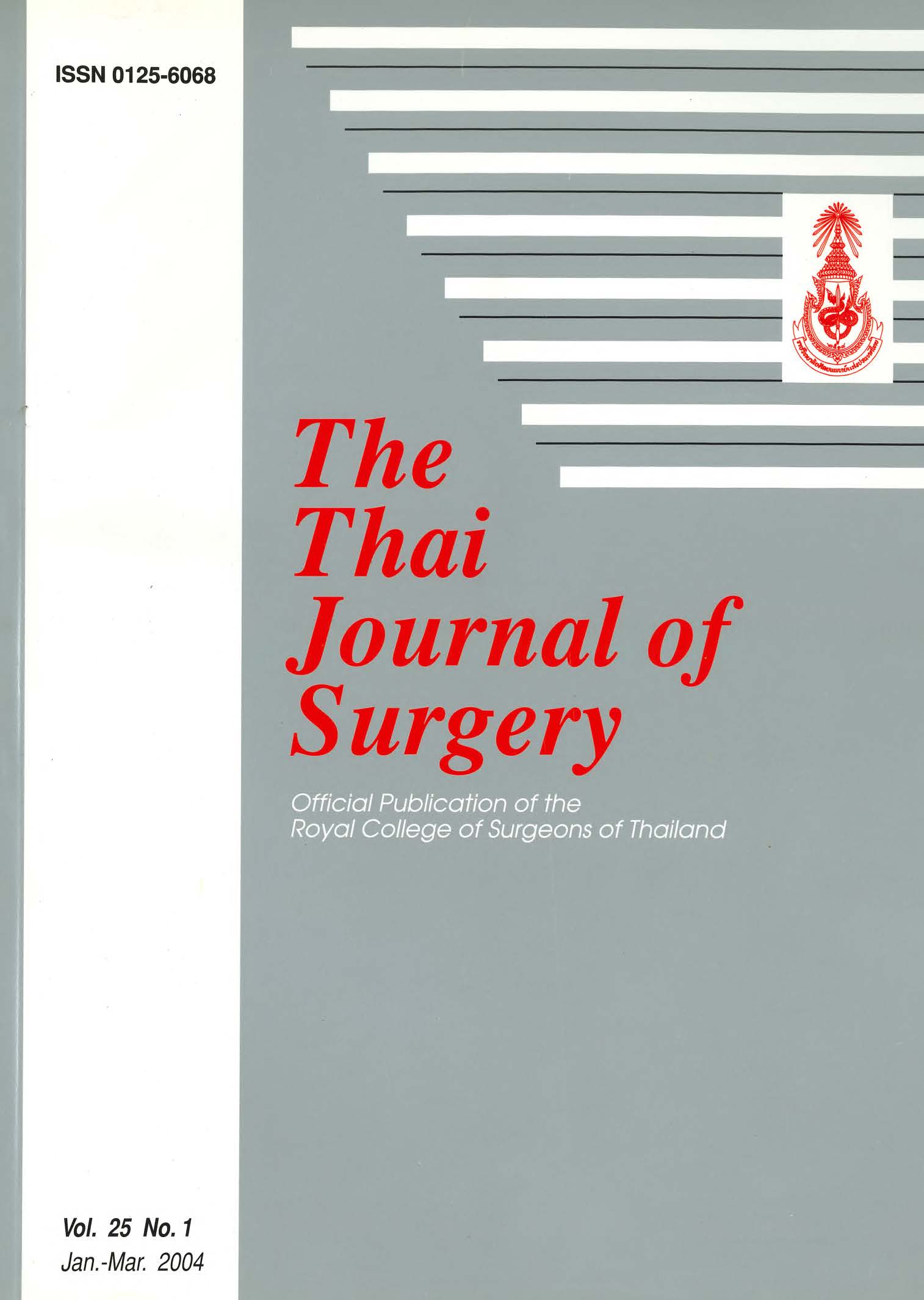Application of Transparent Plastic Wrapping Film for Wound Dressing
Abstract
Objective: To introduce a new wound dressing application for the treatment of open wounds using transparent plastic food wrapping film.
Materials and Methods: The material is polyvinyl chloride plastic film readily available, inexpensive and requires minimal simple skill to prepare for use as dressing materials. The application of the dressing in conjunction with Betadine ointment and sterile gauze makes dressing changes less painful.
Results: The infection rate is low with a faster rate of wound healing. Three and a half years of follow up yielded very good wound healing results. The clinical applications of this simple plastic material in various situations are described along with discussion of precautions.
Conclusion: D-derm should be considered as an alternative to conventional dressings in order to reduce the cost of treatment of open wounds.
References
2. Quinn J, Lowe L, Mertz M. The effect of a new tissue. adhesive wound dressing on the healing of traumatic abrasions. Dermatology 2000; 201: 343-6.
3. Ang ES, Lee ST, Gan CS, Chan YH, Ng LH, Machin D Evaluation the role of alternative therapy in burn wound management: randomized trial comparing moist exposed burn ointment with conventional method in the management of patients with second-degree burns, Med Genmed 2001; 3: 3.
4. Lutherman A. Burns and Metabolism. J Am Coll Surg 2000;190:104-13.
5. Atiyeh BS, loannovich J, Magliacani G, Masellis M, Costagliola M, Dham R, et al. Efficacy of moist exposed burn ointment in the management of cutaneous wounds and ulcers: a multicenter pilot study. Ann Plast Surg 2002; 48:226-7.
6. Vloemans AF, Soesman AM, Kreis RW, Middelkoop E. A newly developed hydrofibre dressing in the treatment of partial-thickness burns. Burns 2001;27:167-73.
7. Bugmann P, Taylor S, Gyger D, Lironi A, Genin B, Vunda A, et al. A silicone-coated nylon dressing reduces healing time in burned pediatric patients in comparison with standard sulfadiazine treatment: a prospective randomized trial. Burns 1998;24:609-12.
8. Himel HN, Ratliff CR, Baruch LD, Rodeheaver GT, Pilot study of a unique film dressing for the treatment of donor site wounds. J Burn Care Rehabil 1998; 19:62-5.
9. Smahel J. The problem of dehydration and healing of burn wounds. Burns 1993; 19:511-2.
10. Poulsen TD, Freund KG, Arendrup K, Nyhuus P, Pedersen OD. Polyurethane film (Opsite) vs. impregnated gauze (Jelonet) in the treatment of outpatient burns: a prospective, randomized study. Burns 1991: 17:59-61.
Downloads
Published
How to Cite
Issue
Section
License
Articles must be contributed solely to The Thai Journal of Surgery and when published become the property of the Royal College of Surgeons of Thailand. The Royal College of Surgeons of Thailand reserves copyright on all published materials and such materials may not be reproduced in any form without the written permission.



